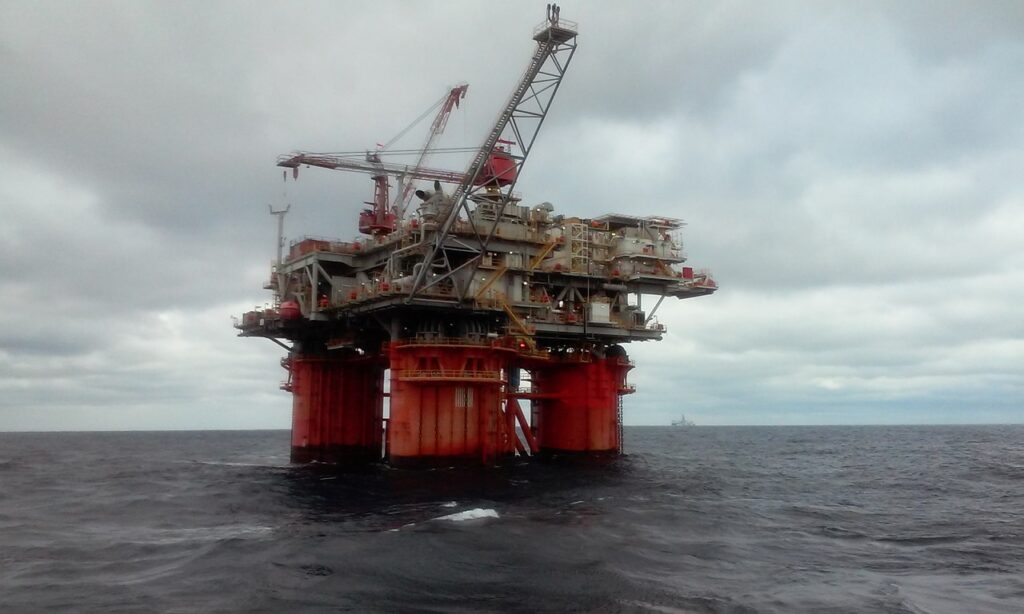Foreign exchange trading in oil currencies
We have previously written about the role of the dollar in the grain market, which has prompted several of our readers to ask about the effects of currencies on the oil market, so-called oil currencies. Oil is generally traded in dollars, but there are a few exceptions that are not so common. A common rule of thumb is that when the dollar rises, commodities fall in price. Historically, the price of oil is inversely related to the price of the US dollar. The explanation for this relationship was based on two well-known factors. A barrel of oil is priced in US dollars all over the world. When the US dollar is strong, you need fewer US dollars to buy a barrel of oil. When the US dollar is weak, the price of oil is higher in dollars. The US has historically been a net importer of oil. Rising oil prices cause the US trade deficit to widen as more dollars need to be sent abroad to buy the oil. Today, the former is true, but thanks to horizontal drilling and fracking technology, the US shale revolution has dramatically increased domestic oil production. In fact, the US became a net exporter of refined petroleum products in 2011 and has now become the largest producer of crude oil, overtaking both Saudi Arabia and Russia. In fact, high oil prices are now helping to reduce a US trade deficit because the US now exports a large amount of oil. The country is currently about 90% self-sufficient in oil.
Has the dollar become a petro-currency?
The relationship between oil and the US appears to be changing, reflecting the country’s growing role in the global oil industry. The dollar has become a petro-currency, a term given to the currencies of countries like Canada, Russia and Norway that export so much oil that oil revenues make up a large part of their economy. The US has become the new ‘swing producer’ of oil, meaning its production levels have the most influence over global oil prices. Before the shale revolution, this role was held by Saudi Arabia. The US may start trading more like a petro-currency in the coming years. As the US continues to increase the share of oil exports compared to imports, income from oil will play a larger role in the US economy and the US dollar may begin to behave like a petro-currency meaning when oil prices rise, so does the currency. Understanding why the dollar has historically traded inversely to the price of oil and why the correlation has weakened recently can help traders make more informed trading decisions as the global economy continues to evolve. It is also worth noting that an oil producer in Norway, for example, has costs in Norwegian kroner, and so benefits from a rising dollar or falling Norwegian krone. The relative value of the oil produced in Norway will then increase in value.
The most popular petro currencies
There are a number of different currencies that are commonly referred to as commodity currencies, and of these a number are considered to be petro-currencies because the economies of the individual countries are so heavily linked to oil. Canadian dollar. The United States’ northern neighbor Canada has a dynamic, modern economy. It has the seventh highest standard of living in the world, thanks in part to large quantities of raw materials including natural gas, timber and oil. While this is a strength, it makes Canada’s economy highly exposed to commodity prices. A large portion of Canada’s exports go to the United States, which means that both the price of oil and the US dollar have a major impact on Canada’s economy and the Canadian dollar Canada also benefits from its geographical location just north of the United States, the world’s largest economy. Because of this proximity, a large portion of Canada’s exports go directly to the United States. Therefore, the Canadian economy is also closely linked to the state of the US economy, as weaker growth in the US could lead to reduced exports for Canada. The credit rating agency Fitch Ratings recently downgraded Canada’s long-term debt (IDR) to AA+ from the previous highest rating of AAA. The outlook is stable. The reason for the downgrade is that the Canadian government has shut down a large part of the country, reducing tax revenues and GDP, while low oil prices have hit Canada harder than other countries as their oil is largely heavier and needs to be processed more before it can be used as fuel, for example. Norwegian kroner because crude oil is so important to Norway’s economy Brazilian real. Brazil, like Canada, is a country that is very rich in raw materials, such as oil, but also agricultural products like corn, soybeans, sugar, coffee and beef. In terms of oil, much of Brazil’s oil production is offshore, which is more costly than extracting oil on land. The Brazilian real has long been in a downward trend against the US dollar. Russian roubles because crude oil is so important to Russia’s economy. Russia also has very large reserves of precious metals such as gold and platinum. Mexican peso. Mexico is a major oil producer through its state oil company Pemex. The Mexican government treats Pemex as a major source of revenue which is why Pemex has insufficient capital to develop new and more expensive resources on its own and cannot take on foreign partners to supply the money and technology it lacks. Mexico has been hit hard by the Coronavirus, as both tourism and oil are sectors suffering heavily from this pandemic. However, Mexican oil traders had the foresight to sell the country’s oil production on forward, Indonesian rupiah. Since the 1990s, Indonesia’s crude oil production has experienced a steady downward trend due to a lack of exploration and investment in this sector. In recent years, the country’s oil and gas sector actually contributed to dragging down national GDP growth. Oil production targets, set by the government at the beginning of each year, have not been met for a number of consecutive years as most oil production comes from mature oil fields.
Today, Indonesia’s total oil refineries have about the same total capacity as a decade ago, indicating that there has been limited progress in oil production, resulting in the current need to import oil to meet domestic demand. The decline in Indonesia’s oil production combined with increased domestic demand turned Indonesia into an oil importer from 2004, which meant that the country had to terminate its membership of OPEC. However, Indonesia was readmitted to OPEC in December 2015. As a curiosity, it can be mentioned that in the early 2010s Swedbank had several products called SPAX Commodity Currencies BAS, the return is linked to the price development of a basket of currencies from commodity-producing countries against the US dollar (USD). The currencies included were, for example, Mexico (MXN), Indonesia (IDR), Australia (AUD), Brazil (BRL), Russia (RUB) and Norway (NOK).
About the Vikingen
With Vikingen’s signals, you have a good chance of finding the winners and selling in time. There are many securities. With Vikingen’s autopilots or tables, you can sort out the most interesting ETFs, stocks, options, warrants, funds, and so on. Vikingen is one of Sweden’s oldest equity research programs.
Click here to see what Vikingen offers: Detailed comparison – Stock market program for those who want to get even richer (vikingen.se)













